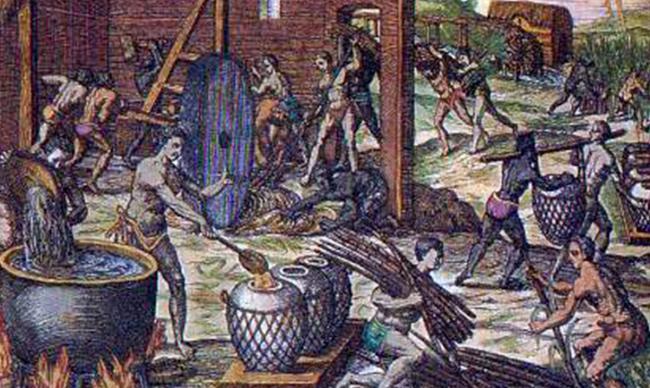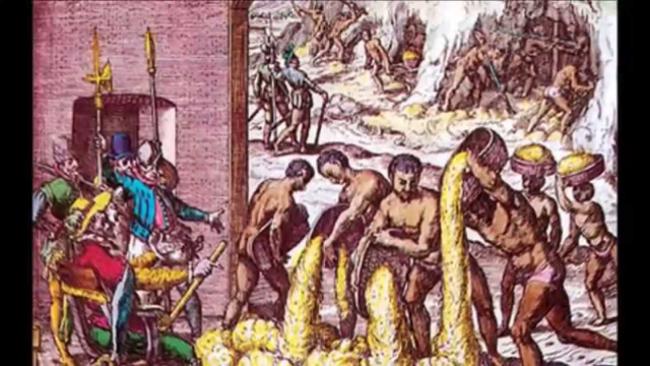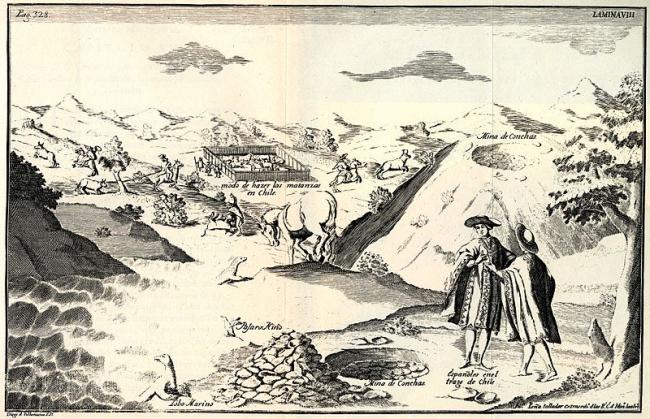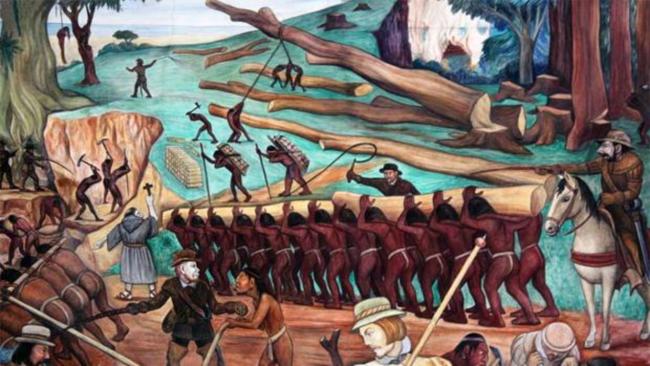The first form of exploitation of the indigenous work force was by force in gold river washes not well known by them. The gold that during the colonial era was extracted from the rivers, in this first phase of mining in Honduras, was known as alluvial gold.
Then another modality is implemented that will be known as repartition with some meanings: action of distributing lands and Indians, system of exploitation of indigenous labor, forced distribution of raw material -cotton or yarn- that had to be spun or woven in a peremptory term, forced sale of goods.
In order to institutionalize and legalize the exploitation of the indigenous work force, the Encomienda was created. This institution of a legal-economic nature was created by the colonial authorities to meet the growing demand for labor and agricultural supplies on their various farms. The king conferred on the peninsular the right to receive benefits in part from a group of indigenous people, with the obligation to protect them and teach them the Christian doctrine. In reality it was a disguised form of the feudal bond of the servant with his lord. The benefits or services to which the indigenous man entrusted were of various kinds: personal services in the house of the encomendero or in his estates and finally delivery of manufactured products or income in money.
Originally the encomienda was granted for life, with the possibility of transmitting it by inheritance only once, that is to say "for two lives". By the 18th century the encomienda had fallen into disuse and was finally progressively abolished.
Also the Mita will be created, like the previous one, it will be a legal institution of servitude that consisted in providing to the encomenderos, during a previously agreed period, the work force that they lacked for their productive activities.





